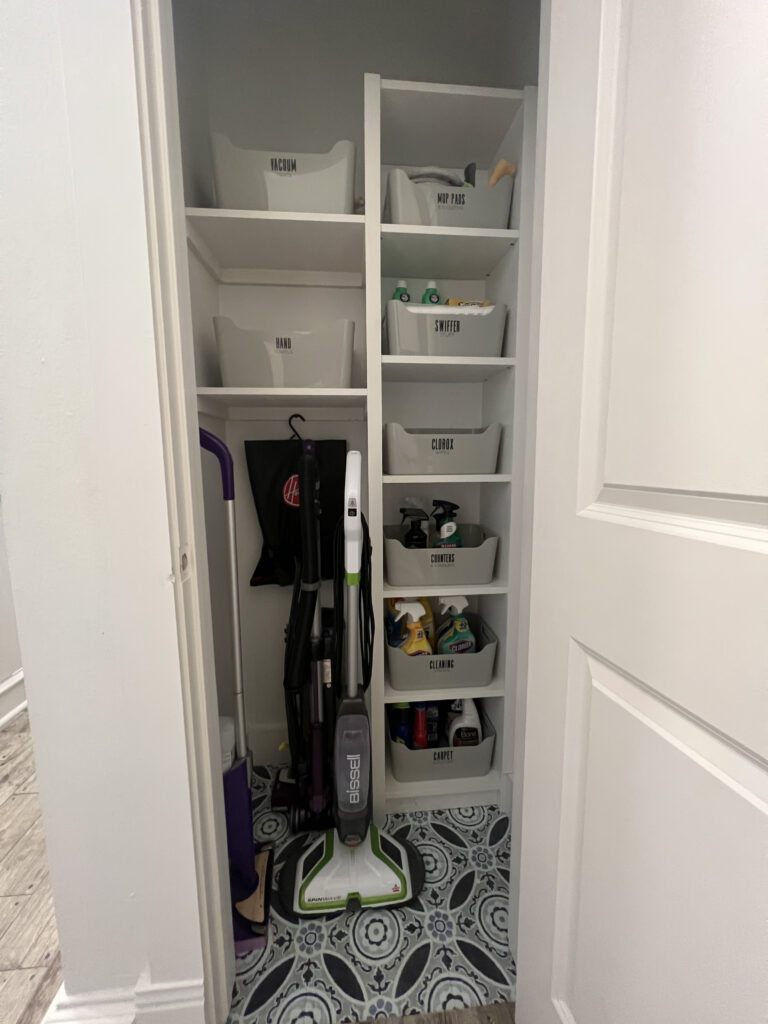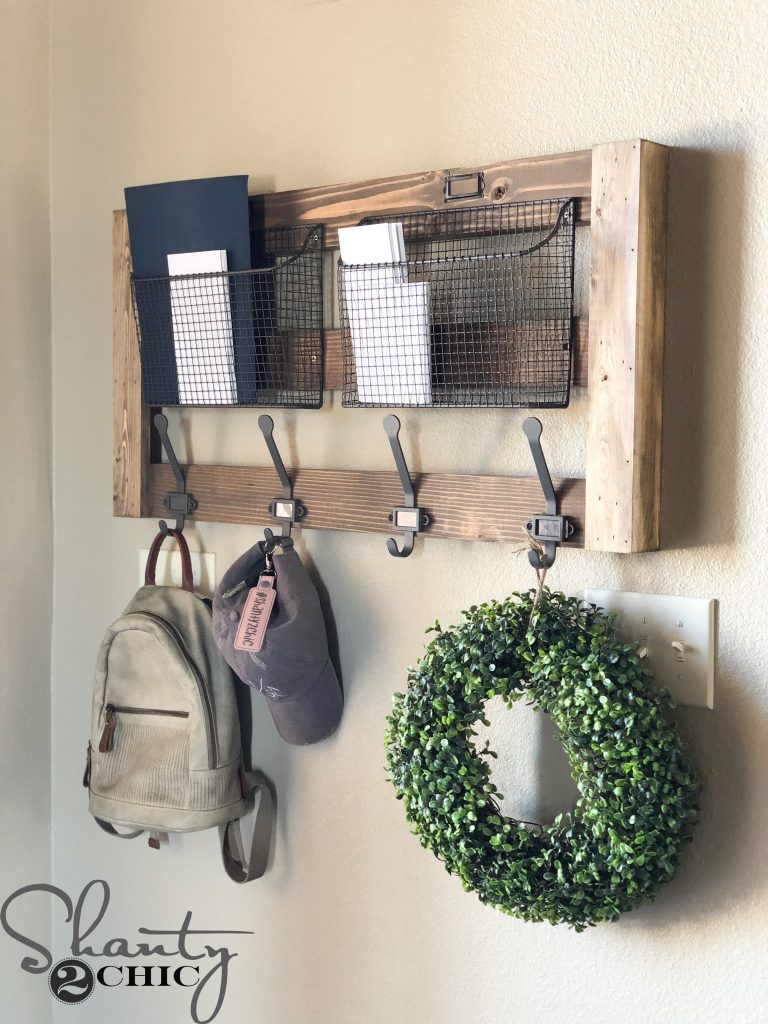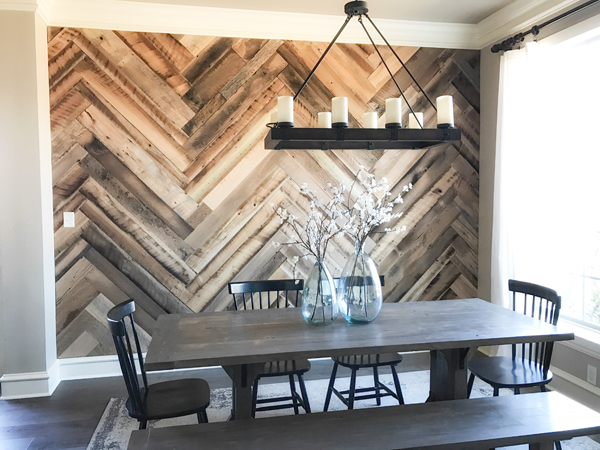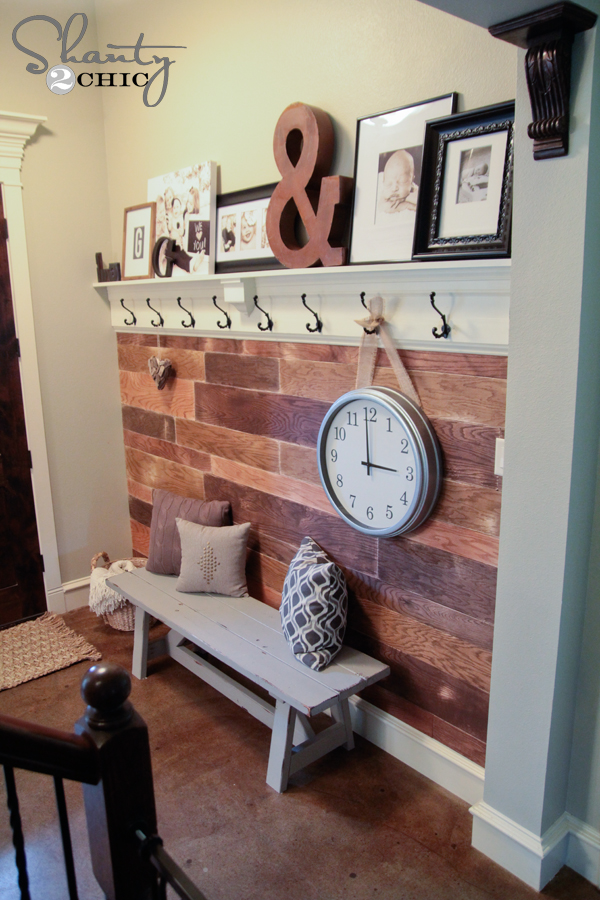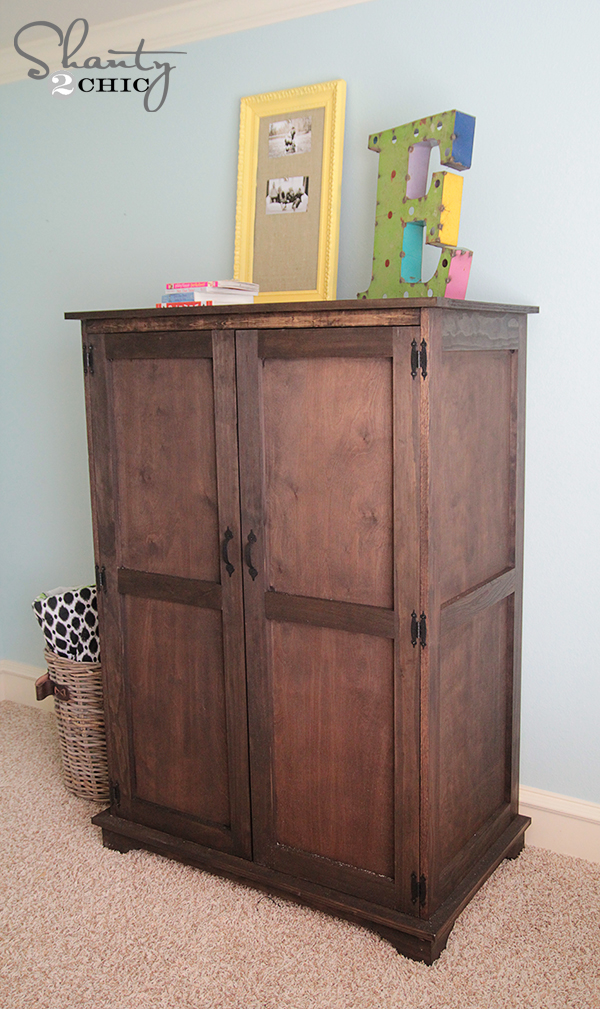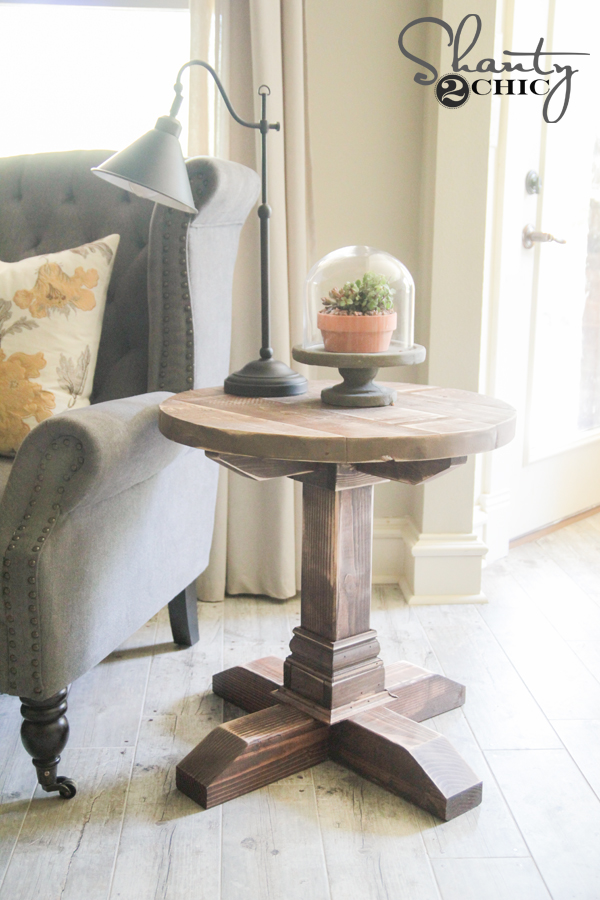These DIY Porch Swing Plans are simple to follow and a great build for beginners! Get the free plans and how-to video by Shanty2Chic!

I’m excited to share the latest addition to my new home: the front porch swings I’ve been dreaming of! From the moment I found my house, the front porch stood out as one of my favorite features. I’ve always longed for a spacious porch and the charm of a porch swing, but never had the opportunity to make it a reality. I envisioned two beautiful swings at each end of the porch, and while there were other furniture projects to tackle first, I couldn’t wait to bring this idea to life. Now that I’ve finally had the chance, I’m thrilled to share the design and build of my new porch swings!
This is a simple and beginner-friendly build, perfect for those just starting out with woodworking. The best part? I only spent $200 on all the lumber and hanging supplies! You can follow along with the step-by-step process of building the porch swing in the video below!
That was easy, right? You can follow the entire build in the tutorial below, and don’t forget to download the free plans to get started! This set of plans is for ONE porch swing!
Click here to download the free printable plans!Now, let’s get to building!
Table of Contents
DIY Porch Swing
Materials
Tools:
- Drill
- Kreg Jig
- Miter Saw
- Brad Nailer (optional)
- Table Saw (optional)
- Sander
Supplies:
- 4 – 2x6x8 Framing Lumber
- 3 – 1x4x8 Pine or Common Boards
- 2 1/2″ Pocket Hole Screws
- 1 1/4″ Brad Nails (or wood screws)
- Wood Glue
- Outdoor Protective Finish
- Swing Hanging Hardware
- Porch Swing Rope
- 5/16 x 3/4″ Eye Bolt
- 3/8″ x 3 1/2″ Steel Spring Link
- 5/16 Hex Nuts
- 1/2″ Washers
- Cushions
- Pillow Covers
- Pillow Inserts
Arm Assemblies
Step 1: Building the Porch Swing Arms

I used my Kreg Jig 720Pro to cut the arm pieces to size and drill 2 1/2″ pocket holes at one end of each vertical arm piece.

Then, I attached each vertical piece to the ends of the top arm piece using 2 1/2″ pocket hole screws and wood glue. Repeat this process to create two arm assemblies.
Step 2: Adding the Seat Support

Cut the seat support to size and drill 1 1/2″ pocket holes at both ends. Attach the seat support between the arm pieces using 2 1/2″ pocket hole screws and wood glue.

Tip: Position the arms as they will sit on the swing. The seat support should be placed 2 1/2″ from the inside edge of each arm.
Building the Swing Frame
Step 3: Building the Seat Frame

Cut the horizontal boards to size and drill 1 1/2″ pocket holes at each end. Attach two of the boards to the back side of the arm rest assemblies using 2 1/2″ pocket hole screws and wood glue, ensuring the pocket holes face inward. This will create the back support of the swing.

Afterward, attach the third board to the front of the arm assemblies in the same manner, with all pocket holes facing inward.

This is what the swing should look like after attaching the horizontal frame boards.
Seat Slats
Step 4: Installing the Cleats

Cut the short cleats to size and attach the short side pieces to the inside of the arms using 2 1/2″ wood screws and wood glue.

Next, cut the long cleats to size and secure them to the inside of the front and back of the swing in the same manner.


This is what the porch swing should look like after installing the cleats.
Step 5: Positioning the Seat Slats

Cut the slats to size and arrange them evenly over the cleats, leaving a 1/2″ gap between the arm supports and the end slats. Attach them to the cleats with 1 1/4″ brad nails or wood screws and wood glue.

Applying a Protective Finish
Step 6: Wood Filler

Fill all exposed pocket holes with outdoor wood filler.
Step 7: Sanding

Sand the entire piece smooth, starting with 80-grit sandpaper on an orbital sander, followed by 180-grit for a finer finish and 220-grit for a smooth, polished surface.
Step 8: Applying the Finish

I chose one of my favorite finishes—Sherwin Williams Door and Trim paint. I picked it up at Lowe’s and had it tinted to Tricorn Black. This paint is incredible! Designed for both interior and exterior use, it adheres seamlessly over oil- or water-based paint without the need for sanding or priming.
Hanging the Porch Swing
Step 9: Drilling the Pilot Holes
I used a 5/16″ bit to drill pilot holes for the eye bolts I purchased. You can refer to the illustration for exact placement.

To secure each eye bolt, I first added a hex nut, followed by a washer, before sliding it through the pilot hole.

On the other side of the swing support, I placed another washer and finished with a second hex nut for a secure hold. I repeated this process for the remaining corners of the swing.
Step 10: Attaching the Swing Hardware to the Porch Ceiling

Before hanging your swing, determine the direction of the porch roof joists. In my case, they ran from the front door toward the front yard, so I positioned my swings facing each other to ensure both brackets were secured to the same joists.
I installed the hanging brackets on the ceiling, spacing them properly for stability. Since the porch swing is 53″ wide, I accounted for the eye bolts extending beyond the armrests and left extra room to prevent the rope from scuffing the swing. To achieve this, I set the hanging brackets 56″ apart, measuring from the center of each bracket.
Step 11: Hanging the Swing

I hung two swing ropes from each ceiling bracket.

Then, I fastened the other end to an eye bolt with a spring link.
Tip: If you don’t have an extra set of hands to hold the swing while securing the ropes, upside-down 5-gallon buckets work great as temporary supports.
Be sure to follow the instructions included with the swing rope to adjust the length for a perfect fit.

I added the cushions and back pillows, and just like that, my porch swings were complete. I’m absolutely in love with them! I’ve envisioned having swings on my porch since the day I found this house, and now that they’re here, I can’t wait to spend cool fall nights swinging and watching the sunsets.



Make sure to share your builds with us on social media and use #shanty2chic so we can share them too!
Happy Building!
Check Out Some of Our Other Outdoor Builds




DIY Porch Swing Plans
Tools
- Miter Saw
- Drill
- Kreg Jig
- Brad Nailer (options)
- Table Saw (optional)
- Sander
Supply List
- 4 2x6x8 Framing Lumber
- 3 1x4x8 Pine or Common Board
- 2 1/2" Pocket Hole Screws
- 1 1/4 Brad Nails (or wood screws)
- 2 Porch Swing Hardware – Link in Post
- 4 5/16 Eye Bolts – Link in Post
- 8 5/16 Hex Nuts – Link in Post
- 2 Porch Swing Ropes – Link in Post
- 8 1/2" Washers – Link in Post
- 4 3/8" x 3 1/2" Steel Spring Link – Link in Post
- Wood Glue
- Finish
Instructions
Cut List
- Cut List

Arm Assemblies
- Cut the arm pieces to size and drill 2 1/2" pocket holes at one end of both vertical arm pieces. Attach one on each end of the top arm piece with 2 1/2" pocket hole screws and wood glue. Build 2 arm assemblies.

- Cut the seat support to size and drill 1 1/2" pocket holes on each end. Attach them between the arm pieces with 2 1/2" pocket hole screws and wood glue.Tip: Set the arms up, as they will sit on the swing. The seat support will be 2 1/2" from the inside of each arm.

Building the Frame
- Cut the horizontal boards to size and drill 1 1/2" pockets oles on each end. Attach two boards to the back side of the arm assemblies with 2 1/2" pocket hole screws and wood glue. Pocket holes should face in. Attach the third board to the front of the arm assemblies the same way. All pocket holes should face in.

Installing the Slats
- Cut the short cleats to size. Attach the short side pieces to the inside of the arms with 2 1/2" wood screws and wood glue. Cut the long cleats to size and attach them to the inside of the front and back of the swing the same way.

- Cut the slats to size and spread them out evenly over the cleats, leaving a 1/2" gap between the arm supports and the end slats. Attach the slats to the cleats with 1 1/4" brad nails or wood screws and wood glue.

The Finish
- Fill all of the exposed pocket holes with outdoor wood filler, sand the entire piece down and add an outdoor protective finish.You can see in the post above how I hung it from my porch ceiling.Make sure to share your builds with us on social media and use #shanty2chic so we can share them too!Happy Building!










